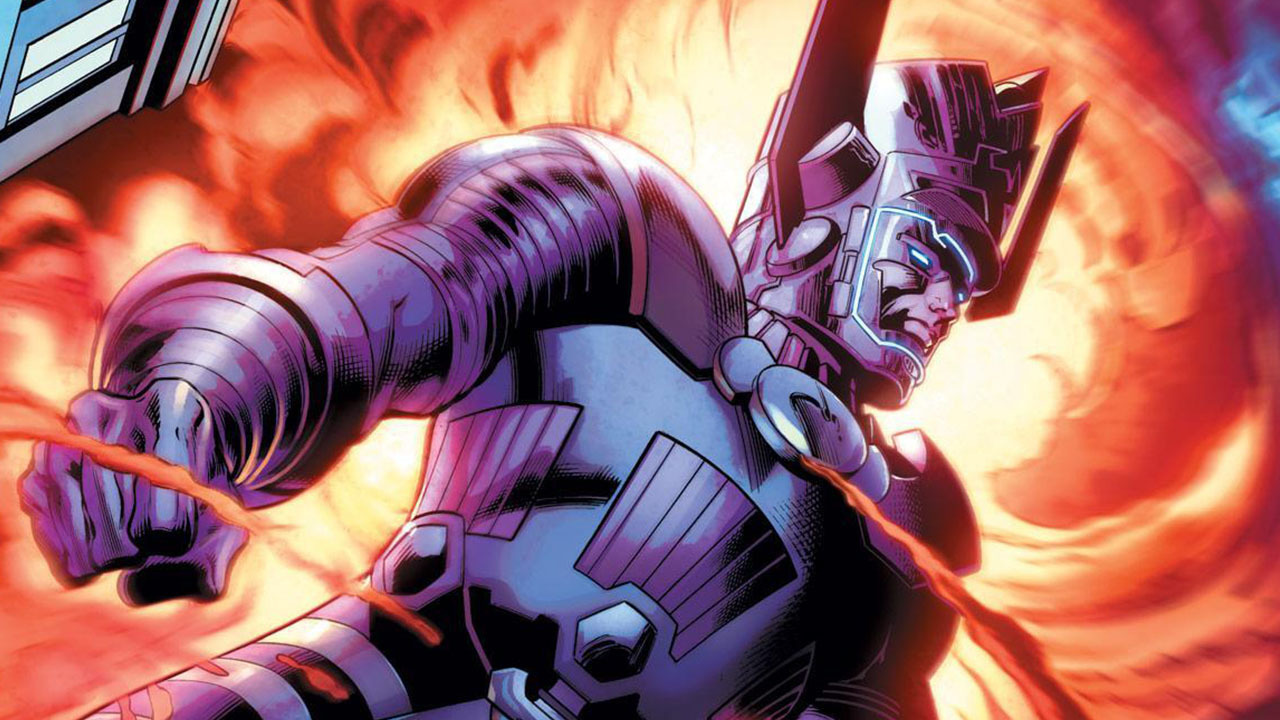There are a lot of stories about what happened in the halls of Disney during the second golden age of film animation. You can read Disney War if you’re interested in the lurid details of backstabbing and political maneuvering that went on between the likes of Katzenberg, Eisner, Disney, and Wells. Waking Sleeping Beauty chronicles this time period from a more wholesome perspective; a time that was home to some of Disney’s greatest achievements amidst some of its greatest behind-the-scenes rivalries. Director and narrator Don Hahn has an intimate knowledge of the life of a Disney animator, having produced some of the biggest films in the studio’s history, including Aladdin and Beauty and the Beast. Along with producer Peter Schneider, who worked under Jeffrey Katzenberg, his involvement gives Waking Sleeping Beauty an insider feel. While Mr. Hahn has no real qualms with revealing dirty business secrets -- especially as they relate to the bitterness between CEO Michael Eisner and Katzenberg -- the documentary is mainly about the people who made animated films mean something again.
Michael Eisner came on board, at the behest of Roy E. Disney, in the early to mid-'80s when Disney was on the verge of being taken over. At that time, the studio was producing dreck like The Black Cauldron. Meanwhile, John Lassetter, who would later go on to revolutionize animation with Pixar, was trying to get films such as Brave Little Toaster produced with no luck. The young pups in the animation pool were being ignored, their ideas shot down. Old-school sensibilities would eventually come along to suppress progress. The studio, as anyone who has watched the animated films of the '80s can attest, was stagnant.
This is not a documentary about making sure the correct people are given credit for the renaissance, or blaming them for the inevitable fall. It’s also not an expose on the company. Animator Ron Clements is given extensive time in Waking Sleeping Beauty because he filmed the animation studio on three occasions between 1980 and 1990. In that footage you’ll see Tim Burton among the many animators who would go on to become legends. There’s a sense of authority given to what is being told to the audience by letting us see the reality of the time period. This is what the documentary is focused on; the people who worked in the trenches to make it all happen.
Ron Clements is also credited for the idea that would become The Great Mouse Detective, as well as pitching -- unsuccessfully at first -- The Little Mermaid. But it’s interesting to note that there is one man at Disney during this second golden age that is heralded by everyone involved as the true heart of the studio. Some even likened him to Walt Disney in his ability to share a story and inspire his workers. That man was Howard Ashman.
Yes, the man who wrote the lyrics for the songs you can’t get out of your head. That’s the guy who most everyone at Disney looks back on with pure love, and also heartache at the loss when he passed away. It was Ashman who fought furiously to keep “Part of Your World” in The Little Mermaid when test audiences hated it. One of the best moments in the documentary is when Ashman is shown in the recording booth with Jodi Benson (the voice of Ariel) performing the song as he envisioned. It’s a beautiful thing to see this man pour so much passion into his work. Or the moment when Ashman is explaining “Under the Sea” to the animators as he plays it for the first time.
Waking Sleeping Beauty is about the animators and the studio, but it’s also a little bit about sharing with the world how important Howard Ashman was to Disney. Without him we never would have gotten to watch Aladdin and Jasmine soar above Agrabah, or witness Belle and The Beast dance. What’s definite is that this film is all Disney; it celebrates all of the joys and triumphs, touches upon the stumbles, and leaves the viewer hopeful for the future of animation. The fact that there are a number of special features on the disc already gives Waking Sleeping Beauty a leg up. Perhaps you go to the “Special Features” option on the menu and expect a deleted scene or two. You don’t expect vignettes, archival footage, and a full-length commentary. But you’ll get it all here.
There’s a short piece with Don Hahn and Peter Schneider going through the making of the film. Beyond that they also discuss a bit on why they felt the need to do the film You’re afforded a little more insight into this insider’s world through the piece, but it’s really just another layer of info.
Speaking of layering info, there’s a commentary track. A commentary on a documentary is a hard thing to follow. First of all, one of the people doing the commentary is also the narrator of the film proper. There was a time or two when the DVD remote got nudged and I wasn’t sure if I’d accidentally changed the audio option. While the commentary does occasionally discuss the making of the film, it’s mostly just supplementary information.
Of course, the deleted scenes I mentioned above are here, but even more interesting are the Ron Clements videos. All three are available to watch in their uncut state. Watch the lingering shot of Tim Burton at his easel and tell me he doesn’t remind you, even slightly, of the kid who plays Neville Longbottom in the Harry Potter films.
Staff Writer at CinemaBlend.
The Fantastic Four: First Steps Director Thankfully Didn't Rely Solely On Motion-Capture To Bring Galactus To Life, And I Couldn’t Be Happier With This Approach
Wait, Is Cate Blanchett Planning To Retire From Acting? Here’s What The Actress Says
If You Like Drop, There's Another Real Time Thriller You Need To Watch Immediately












